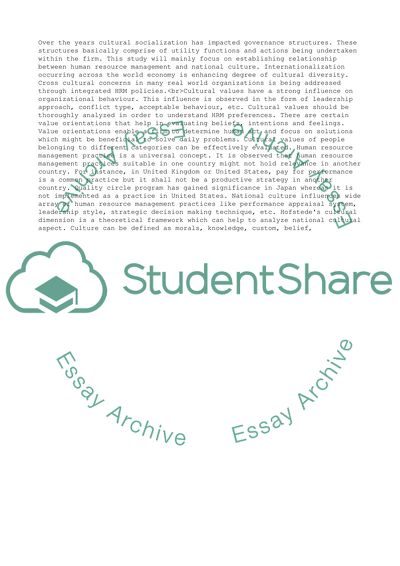Cite this document
(International Human Resource Management 1 Essay, n.d.)
International Human Resource Management 1 Essay. https://studentshare.org/human-resources/1866833-international-human-resource-management-1
International Human Resource Management 1 Essay. https://studentshare.org/human-resources/1866833-international-human-resource-management-1
(International Human Resource Management 1 Essay)
International Human Resource Management 1 Essay. https://studentshare.org/human-resources/1866833-international-human-resource-management-1.
International Human Resource Management 1 Essay. https://studentshare.org/human-resources/1866833-international-human-resource-management-1.
“International Human Resource Management 1 Essay”. https://studentshare.org/human-resources/1866833-international-human-resource-management-1.


